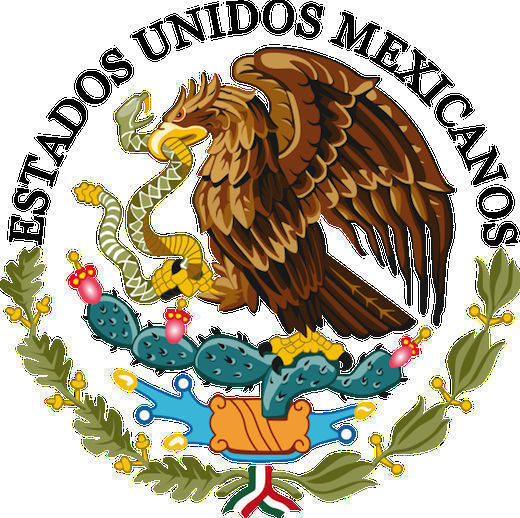
On Oct. 4, 1824, three years after winning independence from Spain and battling the remnants of monarchy, the Mexican people established a republic. In its new constitution, the republic took the name of United Mexican States (Estados Unidos Mexicanos), and was defined as a representative federal republic.
A decade-long revolution against Spanish colonial rule had achieved independence for Mexico in 1821. Gen. Agustin de Iturbide, who had fought on both sides in the revolution and was basically a royalist, took power in the new government. After a series of maneuvers with Spain, Iturbide was declared emperor of Mexico. He silenced dissent and filled his government with corrupt officials who enriched themselves by taking bribes and making crooked business deals.
By 1823, Mexicans of all classes were fed up. They overthrew the emperor and sent him into exile. When the new republic was established, it adopted a constitution partly modeled on the United States Constitution. The new constitution guaranteed basic human rights and divided the responsibilities of government between a central government and a number of smaller units known as states (estados). That structure continues today. Unfortunately, the Mexican people had to continue their struggles against the power of big landowners and the wealthy Roman Catholic Church hierarchy.
Photo: Official seal of the government of the United Mexican States (Mexico). Wikipedia










